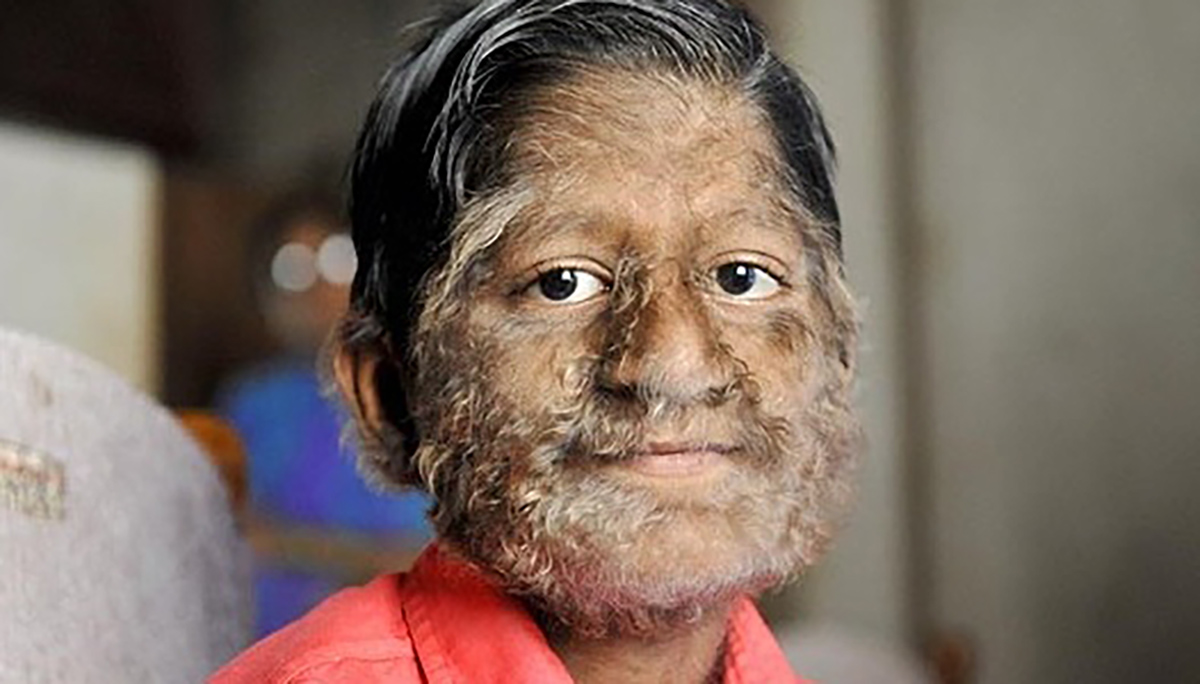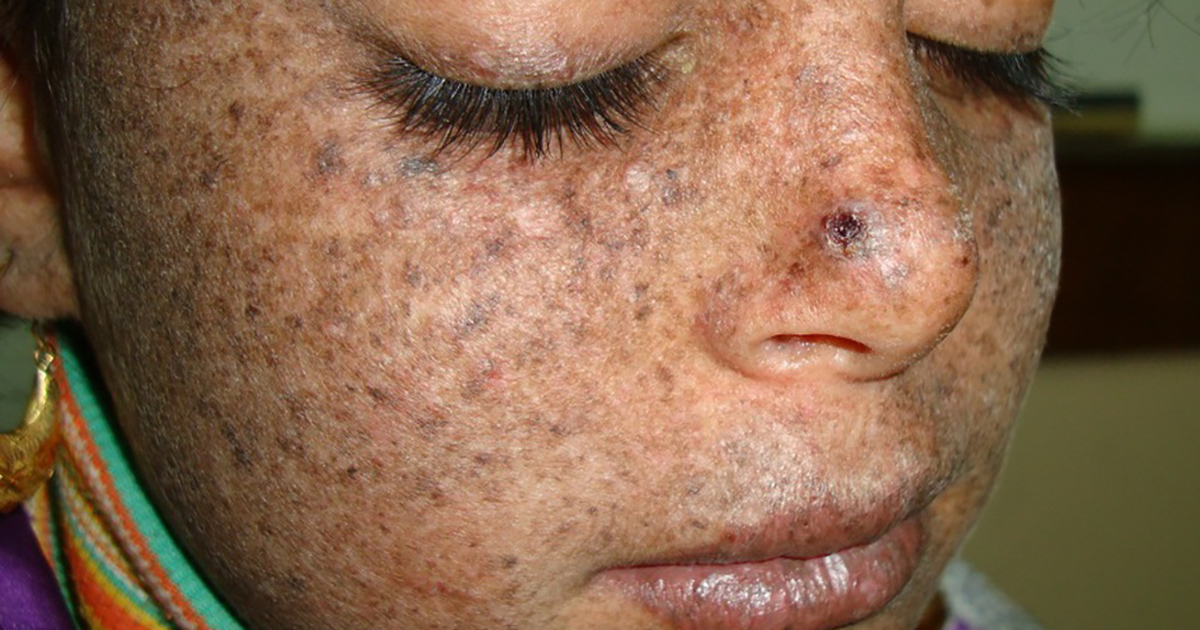Strange Medical Conditions You Won’t Believe Are Real
Hypertrichosis: Werewolf Syndrome

Hypertrichosis is also known as werewolf syndrome. Patients diagnosed with hypertrichosis are affected by abnormal hair growth all over their bodies. Often their faces will be covered in long hair, which is the reason the condition was dubbed as werewolf syndrome. Hypertrichosis can be hereditary or acquired from side effects of anti-balding treatments. Some causes of hypertrichosis include malnutrition, poor diet, medications, cancer and cell mutation, and autoimmune diseases that affect the skin. Although there is no known cure, there is a variety of short-term methods to remove hair include bleaching, plucking, waxing, and shaving. Some patients attempt to use laser treatments for long-term treatment as well.
Keep reading to learn all about xeroderma pigmentosum and the similarity between those who are diagnosed with it and vampires.
Xeroderma Pigmentosum: Vampire Syndrome

Xeroderma pigmentosum is a rare disease affecting approximately one out of every one million people and is more commonly referred to as vampire syndrome. Patients diagnosed with xeroderma pigmentosum are hypersensitive to UV rays and must be entirely shielded from the sunlight or they risk extreme sunburns. Patients who do not take proper precautions of their condition can easily develop skin cancer. There is no cure for xeroderma pigmentosum, and although there are some treatments available, the best form of prevention is for the patient to stay completely out of the sun.
Now that you know about people who share a similarity to vampires, continue reading to find out why patients with the next disease are always blue.
